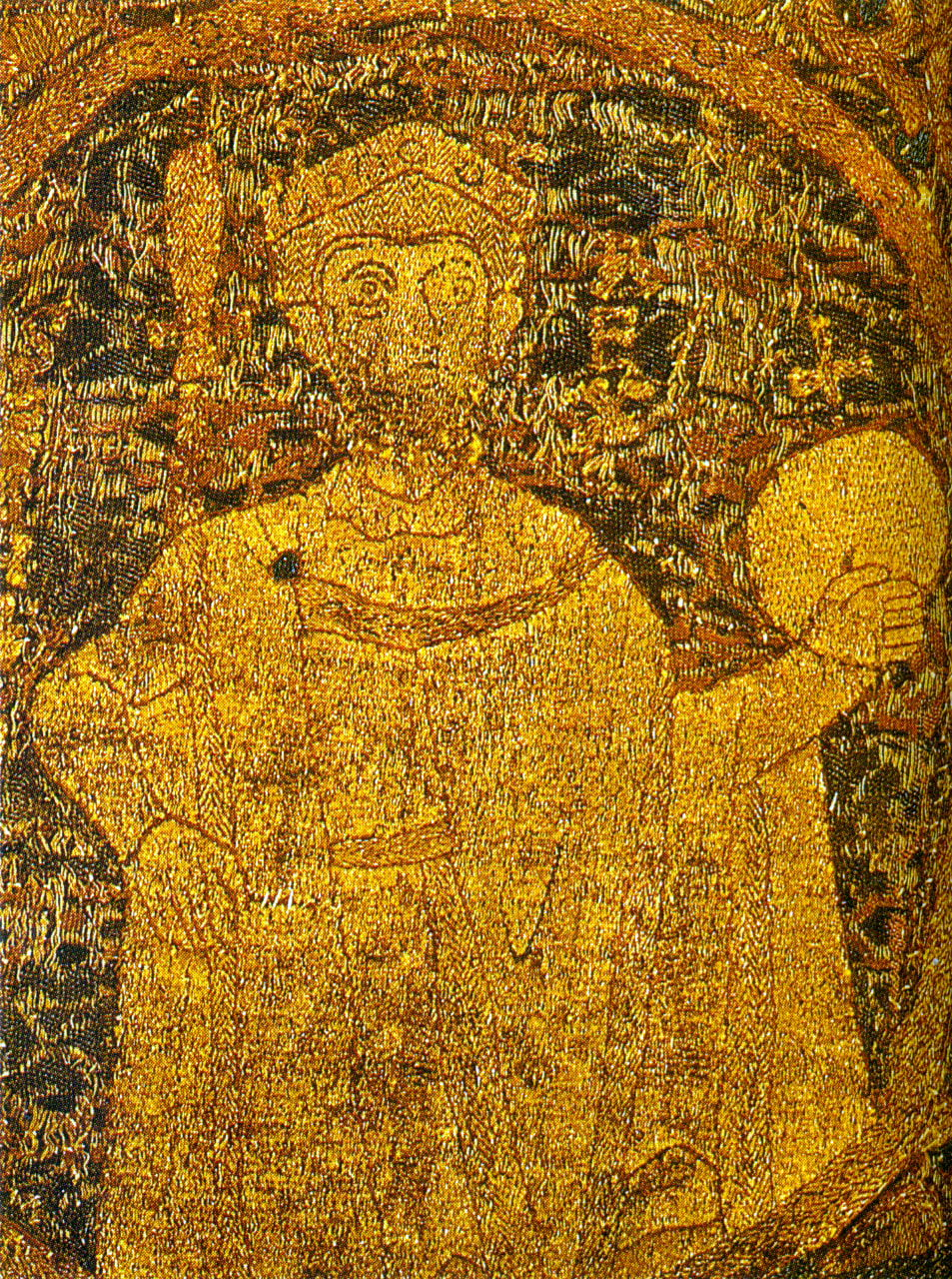Saint Stephen of Hungary
Hungary’s conversion was largely the work of St. Stephen, who became king after putting down a pagan rebellion. Born a pagan, probably at Esztergom in 975 A.D., his father was the chief of the Magyars, who came to Hungary in the ninth century. Although he and his parents were baptized in 985 A.D., he was actually the first member of his family to actually become a Christian.
At age 20 he married Blessed Gisela of Hungary, who was the sister of future emperor, St. Henry.
In order to gain the throne, which was contested, he had to defeat his cousin Koppany, who was supported by a large number of pagan warriors. He subsequently fought a series of wars in order to unify the country.
When he succeeded to the crown, he brought Christianity (i.e., Catholicism) to his people. Crowned by Pope Sylvester II, probably at Christmas in 1001 A.D., he subsequently asked the Holy Father to assist in the organization of Hungary as a Catholic nation. He established one archbishopric, six bishoprics and three Benedictine monasteries.
He founded a monastery in Jerusalem and hospices for pilgrims at Rome, Constantinople and Ravenna (Italy). He established a system of tithes to support the Church and for the relief of the poor. He provided that one of every ten towns had to build a Catholic Church and provide for the support of the priest. He ended most pagan customs, but not without a struggle that was sometimes violent and commanded marriage, except for the clergy.
He gave some important advice to his son in a letter:
“Be humble in this life, that God may raise you up in the next. Be truly moderate and do not punish or condemn anyone immoderately. Be gentle so that you may never oppose justice. Be honorable so that you may never voluntarily bring disgrace upon anyone. Be chaste so that you may avoid all the foulness of lust like the pangs of death.”
He was a good friend with St. Bruno of Querfurt and corresponded with St. Odilo, Abbot of the great Cluny monastery. He groomed his son Emeric to succeed him as a Christian prince, but when he died on a hunt in 1031, there was a struggle for the succession and the king’s nephews attempted to kill him. He died in 1038 A.D. His incorrupt hand is the most sacred relic in the nation of Hungary.
Hungary’s conversion was largely the work of St. Stephen, who became king after putting down a pagan rebellion. Born a pagan, probably at Esztergom in 975 A.D., his father was the chief of the Magyars, who came to Hungary in the ninth century. Although he and his parents were baptized in 985 A.D., he was actually the first member of his family to actually become a Christian.
At age 20 he married Blessed Gisela of Hungary, who was the sister of future emperor, St. Henry.
In order to gain the throne, which was contested, he had to defeat his cousin Koppany, who was supported by a large number of pagan warriors. He subsequently fought a series of wars in order to unify the country.
When he succeeded to the crown, he brought Christianity (i.e., Catholicism) to his people. Crowned by Pope Sylvester II, probably at Christmas in 1001 A.D., he subsequently asked the Holy Father to assist in the organization of Hungary as a Catholic nation. He established one archbishopric, six bishoprics and three Benedictine monasteries.
He founded a monastery in Jerusalem and hospices for pilgrims at Rome, Constantinople and Ravenna (Italy). He established a system of tithes to support the Church and for the relief of the poor. He provided that one of every ten towns had to build a Catholic Church and provide for the support of the priest. He ended most pagan customs, but not without a struggle that was sometimes violent and commanded marriage, except for the clergy.
He gave some important advice to his son in a letter:
“Be humble in this life, that God may raise you up in the next. Be truly moderate and do not punish or condemn anyone immoderately. Be gentle so that you may never oppose justice. Be honorable so that you may never voluntarily bring disgrace upon anyone. Be chaste so that you may avoid all the foulness of lust like the pangs of death.”
He was a good friend with St. Bruno of Querfurt and corresponded with St. Odilo, Abbot of the great Cluny monastery. He groomed his son Emeric to succeed him as a Christian prince, but when he died on a hunt in 1031, there was a struggle for the succession and the king’s nephews attempted to kill him. He died in 1038 A.D. His incorrupt hand is the most sacred relic in the nation of Hungary.

 RSS Feed
RSS Feed

